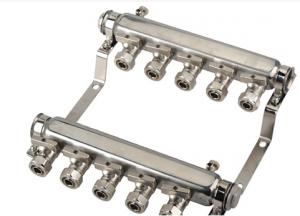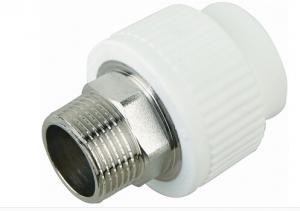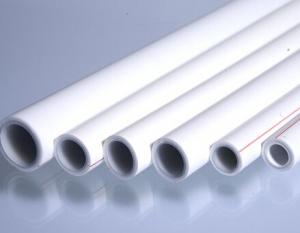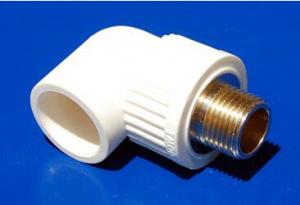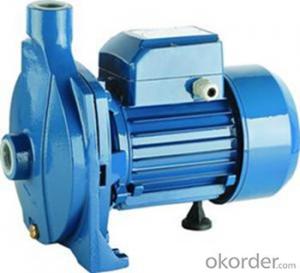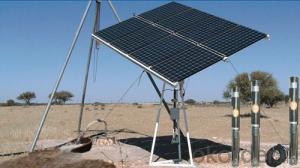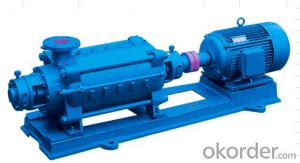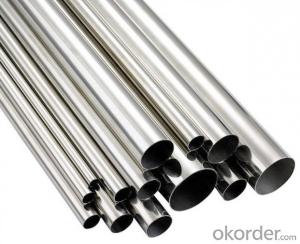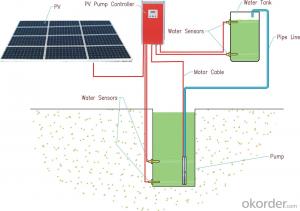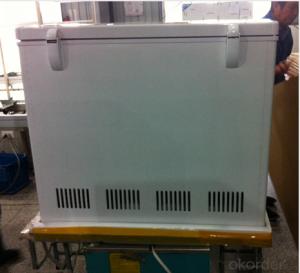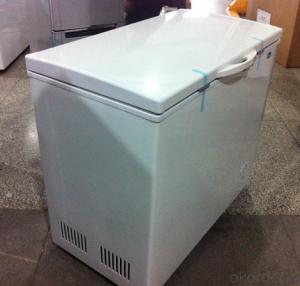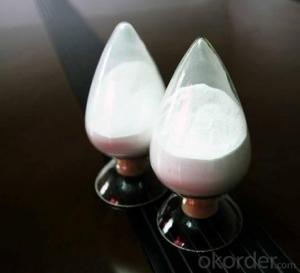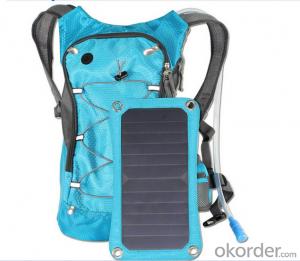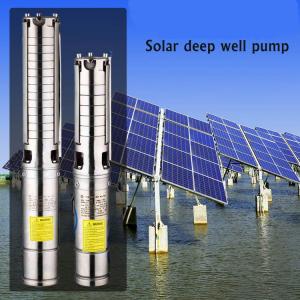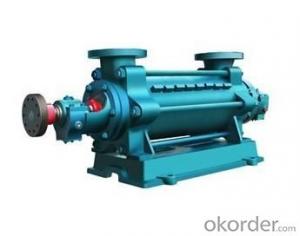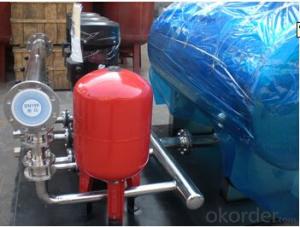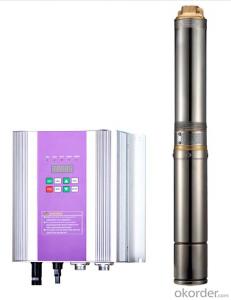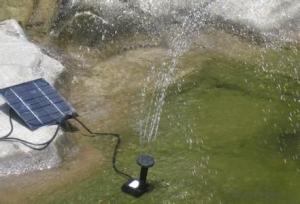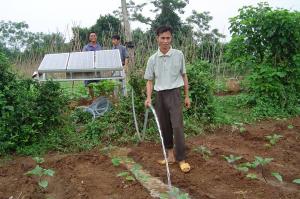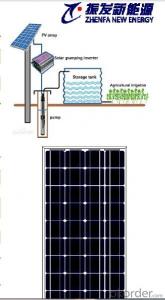Solar Powered Water Boiler
Solar Powered Water Boiler Related Searches
Best Solar Inverter For Home Solar Panel Inverter For Home Inverter For Home Solar System Home Power Inverter For Solar Hot Water Bags For Pain Relief Solar System For Inverter Ac Mppt Inverter For Solar System Solar Inverter Cost For Home Solar Inverter For Home Led For Growing CannabisHot Searches
Cheap High Tea Sets For Sale Portable Led Signs For Sale Stone Hot Water Bottles For Sale Large Led Screens For Sale 1/4 Aluminum Plate For Sale H4 Led Headlight Bulbs For Sale Air Pump For Aquarium Price Inverter Size For Solar System Solar Thermal Collectors For Sale Used Finger Joint Machine For Sale Aluminum Dock Plate For Sale Aluminum Plate For Sale Near Me Solar Chips For Sale Solar Business For Sale Solar Controllers For Sale Pipe Staging For Sale Aluminum Stock For Sale Near Me Used Electrical Wire For Sale 6 3 Electrical Wire For Sale Steel Mesh Panels For SaleSolar Powered Water Boiler Supplier & Manufacturer from China
Okorder.com is a professional Solar Powered Water Boiler supplier & manufacturer, offers integrated one-stop services including real-time quoting and online cargo tracking. We are funded by CNBM Group, a Fortune 500 enterprise and the largest Solar Powered Water Boiler firm in China.Hot Products
FAQ
- The expected maintenance schedule for a solar pump typically includes regular checks for debris or blockages in the pump system, cleaning of the solar panels to ensure optimal sunlight absorption, and inspection of the battery and controller for any signs of wear or malfunction. Additionally, it is recommended to schedule professional maintenance at least once a year to ensure proper functioning and address any potential issues.
- Yes, there are government incentives and subsidies available for solar pump installations in many countries. These incentives vary depending on the region and government policies. In some areas, governments offer financial incentives such as tax credits, grants, or rebates to promote the adoption of solar pumps. Additionally, certain countries may provide subsidies for purchasing and installing solar pumps, making them more affordable for individuals and businesses. It is advisable to check with local government agencies or renewable energy programs to determine the specific incentives and subsidies available in a particular area.
- Yes, solar pumps are suitable for both residential and commercial use. Solar pumps are highly versatile and can be used for a variety of applications including irrigation, water supply, and other fluid management tasks. They are an excellent choice for both residential and commercial settings as they offer several advantages. Firstly, solar pumps are environmentally friendly as they utilize clean and renewable energy from the sun, reducing carbon emissions and dependence on non-renewable energy sources. This makes them ideal for individuals and businesses looking to adopt sustainable practices. Secondly, solar pumps can significantly reduce operating costs in the long run. While the initial investment may be higher compared to traditional pumps, solar pumps have minimal operational and maintenance costs since they do not require fuel or electricity to function. This can result in substantial savings on utility bills for both residential and commercial users. Additionally, solar pumps are reliable and efficient. They can operate independently of the electrical grid and can be installed in remote areas where access to electricity may be limited or costly. Solar pumps also have low maintenance requirements, with many models designed to operate for several years without major servicing or component replacements. Lastly, solar pumps offer scalability, meaning they can be tailored to meet the specific needs of both residential and commercial users. Whether it's a small residential garden or a large-scale agricultural or industrial operation, solar pumps can be sized and designed accordingly. In conclusion, solar pumps are a suitable option for both residential and commercial use. Their environmental benefits, cost-effectiveness, reliability, and scalability make them an attractive choice for individuals and businesses looking to harness the power of the sun for their pumping needs.
- The maximum depth at which a solar pump can extract water depends on various factors such as the power of the solar panels, the efficiency of the pump, the capacity of the pump, and the conditions of the well or water source. Generally, solar pumps can extract water from depths ranging from 100 to 500 feet (30 to 150 meters) or even deeper. However, it is important to note that as the depth increases, the efficiency of the pump may decrease, and additional equipment or stronger solar panels may be required to overcome the increased resistance. Consulting with a professional or the manufacturer of the solar pump would provide more specific information regarding the maximum depth capabilities of a particular model.
- Yes, a solar pump can be used in areas with limited access to water monitoring systems. Solar pumps are often designed to operate independently, using solar energy to power the pump. They can be used to extract water from various sources such as wells, boreholes, or rivers, without relying on extensive water monitoring systems. This makes them suitable for remote areas where access to traditional water infrastructure is limited. However, it's important to note that while solar pumps can provide water, monitoring the quality and quantity of water may require additional measures in such areas.
- Certainly, a solar pump can be used effectively in developing nations. Indeed, solar pumps have proven to be a financially viable and sustainable answer to obtaining clean water in remote and rural regions where traditional electrical systems are scarce or unreliable. Powered by sunlight, solar pumps require no fuel, rendering them dependable and affordable for communities in developing countries. These pumps are versatile and can be employed for various purposes, including irrigation, drinking water supply, livestock watering, and even small-scale industries. One of the primary benefits of solar pumps is their ease of installation and operation, necessitating minimal upkeep. They can be set up in areas devoid of grid electricity, eliminating the need for expensive and intricate wiring. Furthermore, solar pumps are environmentally friendly, emitting no greenhouse gases or contributing to air pollution. In numerous developing countries, gaining access to clean water is a significant hurdle, and the use of solar pumps can greatly improve the situation. By utilizing renewable energy, solar pumps offer a sustainable solution to communities' water requirements, reducing their reliance on traditional fuel-driven pumps or manual labor. Additionally, solar pumps can also foster economic progress in developing nations. By providing communities with a dependable and affordable water source, agricultural productivity can increase, enabling farmers to cultivate more crops and augment their income. Furthermore, solar pumps can generate job opportunities for local technicians skilled in system installation, maintenance, and repair. In conclusion, solar pumps are a superb solution for ensuring access to clean water in developing countries. They are cost-effective, sustainable, and simple to operate, making them suitable for remote areas lacking adequate electrical infrastructure. By harnessing solar energy, these pumps can contribute to overall development, economic growth, and improved living conditions in these nations.
- The distance between solar panels can affect the performance of a solar pump in several ways. Firstly, if the panels are too far apart, there may be a significant drop in voltage and power transmission, resulting in reduced efficiency and lower pump performance. Additionally, a larger distance between panels may require longer wiring, leading to higher resistance and energy loss. On the other hand, if the panels are placed too close together, they may cast shadows on each other, reducing the overall energy generation capacity. Therefore, finding the right balance and spacing between solar panels is crucial to optimize the performance of a solar pump.
- The maximum distance a solar pump can pump water depends on various factors such as the power of the solar panels, the efficiency of the pump, the elevation difference, and the friction losses in the pipeline. In general, solar pumps can pump water up to several hundred meters or even kilometers, but it is best to consult the specifications of the specific solar pump model to determine its maximum distance capability.






